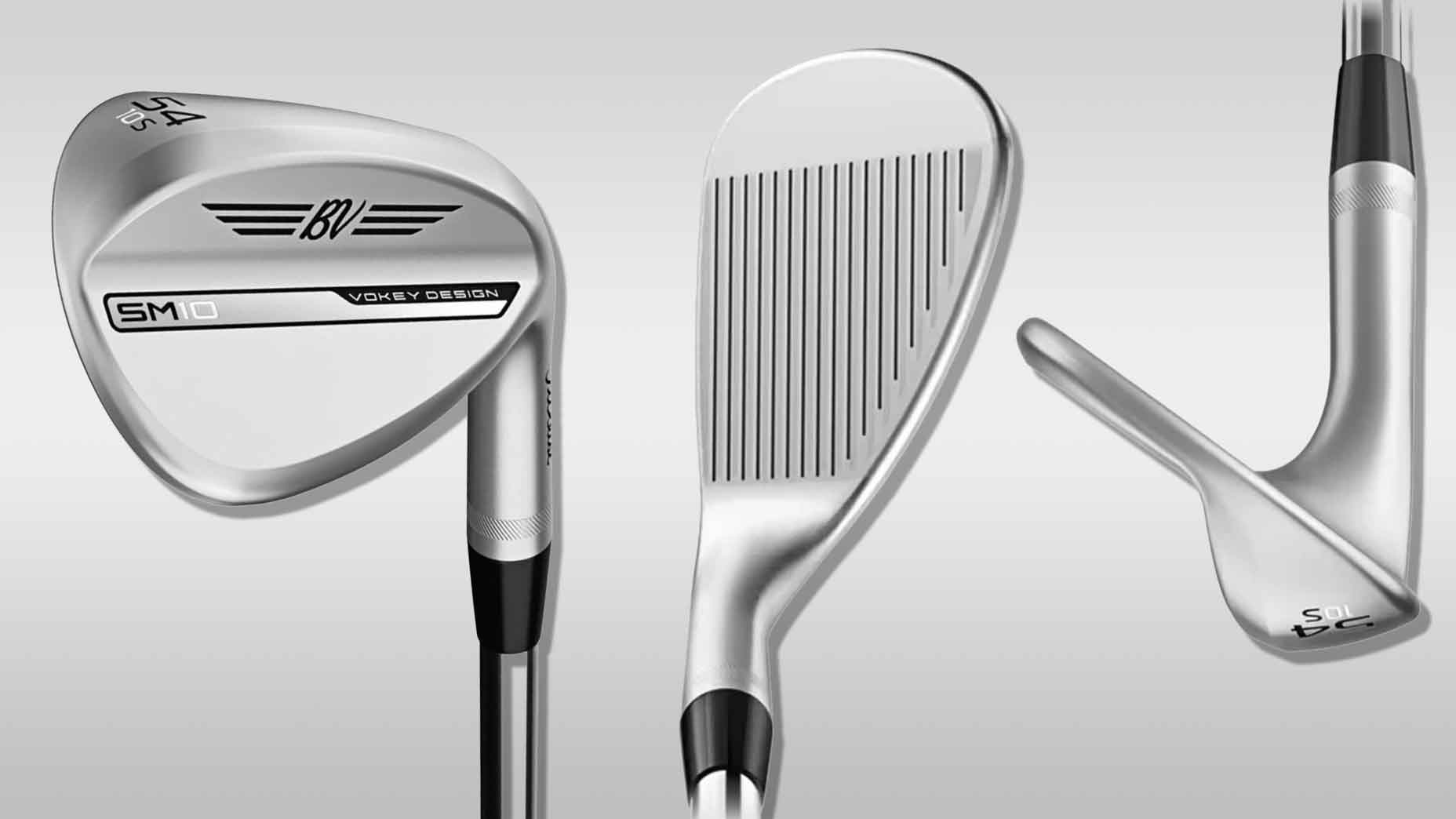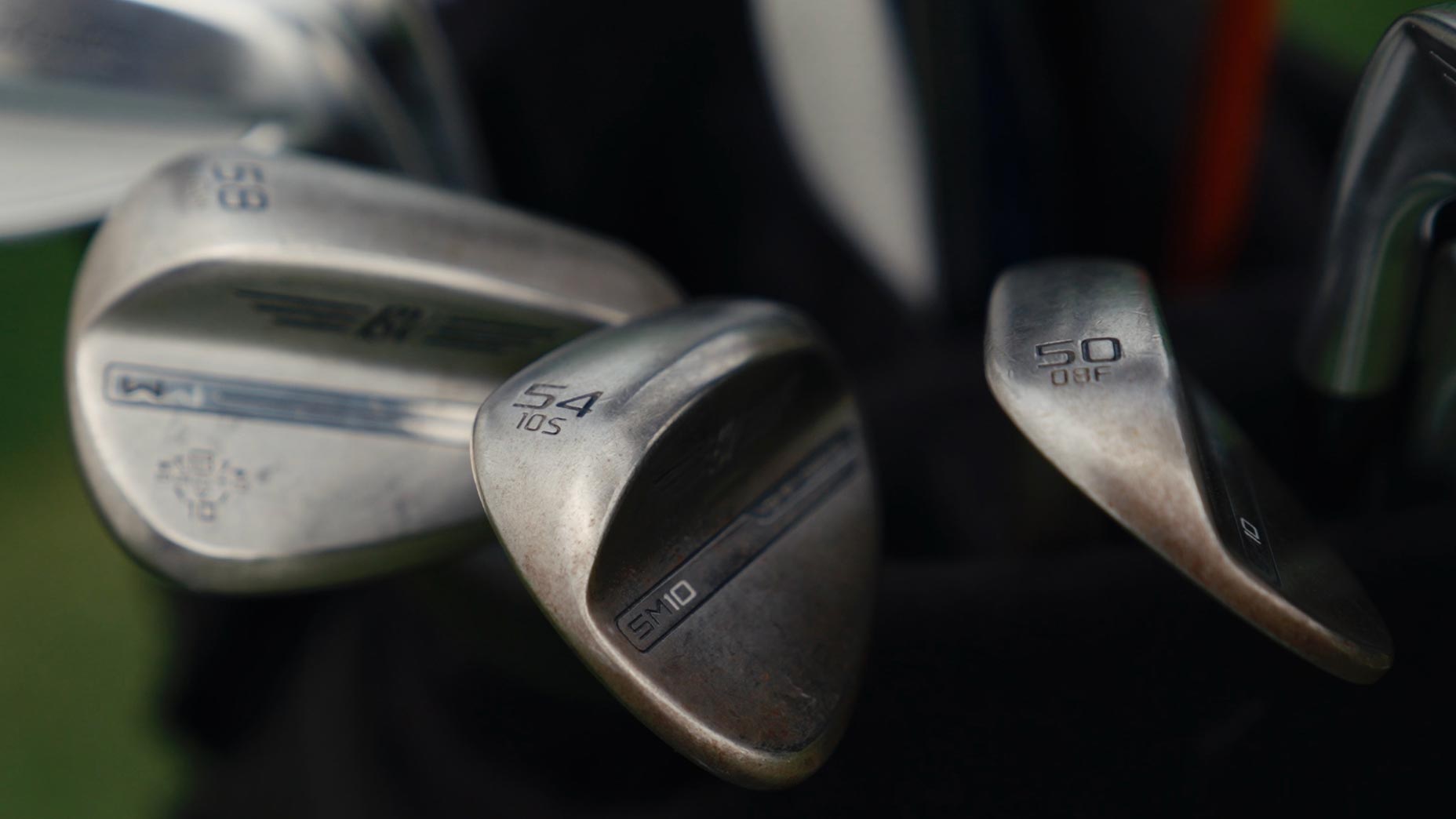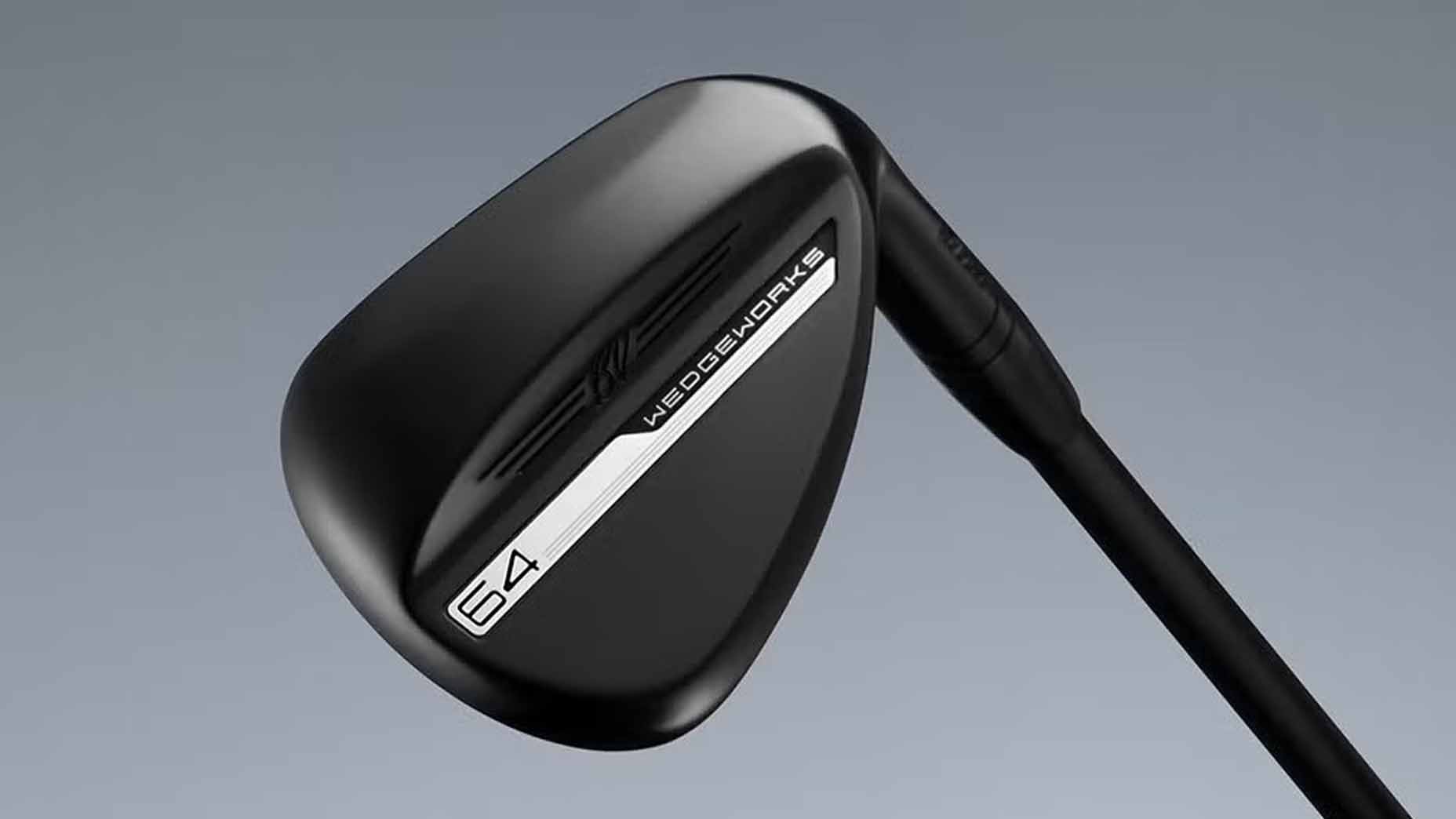 Add versatility to your short game with the year’s best-selling wedge
Add versatility to your short game with the year’s best-selling wedge
Amazing slow motion video shows the difference between wet and dry golf balls

You may remember when, back in 2018, Bryson DeCheambeau was spotted on the range spraying his golf balls with water and measuring how far they flew. It may have seemed strange at the time, but like everything Bryson does, it’s based on hard data and logic.
And now, we can see why.
Have you ever played golf early in the morning, when there’s heavy dew on the ground, and hit a wedge shot only to see it take off much higher than usual? And when it lands, it doesn’t seem to have much spin, either? There’s a good reason for it.

ADVERTISEMENT
Put simply: When both the club and ball are dry, there’s more friction on the clubface. The grooves on the clubface grab the golf ball more and impart more backspin. When the clubface is more wet, there’s less friction, so the ball slides up the clubface.
GOLF Top 100 Teacher Andrew Rice has done some interesting studies on exactly this, and shared the results on his website. As you can see, a dry golf ball takes off with less height and more spin.
Wet club and dry ball:
- Launch angle was 27.8 degrees
- Spin rate was 5463 rpm
- Height was 26.5 feet
Dry club and wet ball:
- Launch angle was 30.1 degrees
- Spin rate was 5291 rpm
- Height was 28.4 feet
Dry club and dry ball:
- Launch angle was 25.4 degrees
- Spin rate was 6603 rpm
- Height was 21.2 feet
Something to keep in mind the next time you’re on the course. Watch the full video below to see, which is originally from the USGA’s incredible Research Department, the effects of moisture on the golf ball. And if you’re looking for an even deeper explanation, watch this video from teacher Michael Finney on Vimeo.
Love it, love it, love it... pic.twitter.com/A2YWkqWvzb
— Michael Finney (@mfinneygolf) April 2, 2020
To receive GOLF’s all-new newsletters, subscribe for free here.
ADVERTISEMENT





